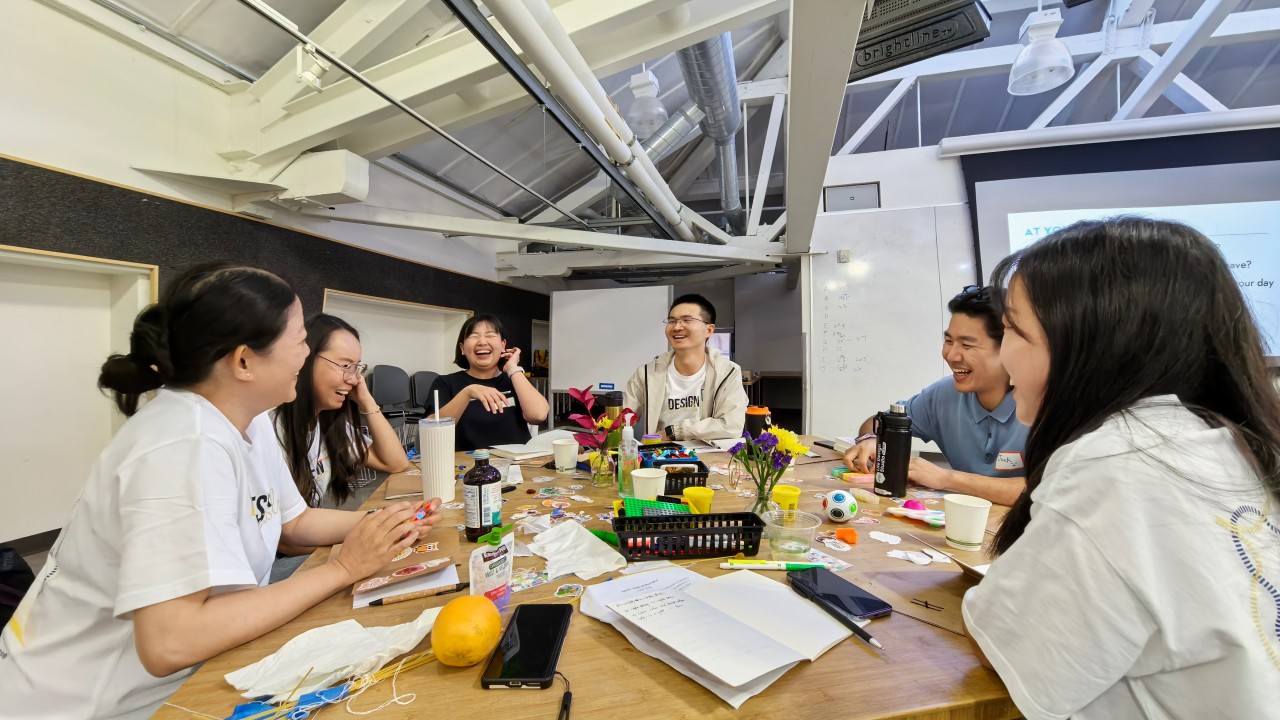A few days ago, during a class with the GI specialist from FAO, she shared her invaluable insights into how Geographical Indications (GIs) develop through both global frameworks and local practices. Her stories and cases sharing of collaboration with local producers while navigating under the SDGs strategy sparked a reflection on the dual implementation approaches that shape GIs—Top-Down and Bottom-Up. While the top-down approach provides the global alignment necessary for intellectual property rights (IPR) and fair treatment in international trade, the bottom-up approach empowers local producers, preserving cultural roots and ensuring authentic engagement. Together, these approaches makes GIs such a compelling subject to study for me—one where the global and the local, the legal and the cultural linked.
The Top-Down Approach: Legal Frameworks for Global Alignment
The Top-Down approach sets the stage for GIs in the global legal arena. It begins with the TRIPS Agreement of 1994, part of the WTO framework, which is foundational in recognizing and protecting GIs under international law. TRIPS define GIs, establish protections, and create mechanisms for dispute resolution. Earlier efforts, such as the Lisbon Agreement (1958) under WIPO, also laid the groundwork for registering appellations of origin, though its adoption was limited. These agreements ensure that countries integrate GI protection into their national policies, providing a robust legal infrastructure that supports producers in claiming intellectual property rights over their regional products. The legal provisions of global agreements trickle down to the local level, where producers can utilize these frameworks to secure their products and enter global markets, and address unresolved disputes and strengthen protections in bilateral agreements between countries and regions.
But as most of the global alignment issues, TRIPS reflects years of negotiation and compromise, with divergent views among member countries about the scope of GI protections. For example, debates over the EU’s push to extend heightened protections of Article 23 to all GI products highlight the friction between nations with varying economic stakes and cultural priorities. Despite these disputes, the Top-Down approach remains vital as it legitimizes GIs on the global stage, providing the structure needed for international alignment and market access.
The Bottom-Up Approach: Local Empowerment and Cultural Preservation
While the Top-Down approach provides a global structure, the Bottom-Up approach brings the human and cultural dimension to GIs. As one of the lecturers once told me that Local producers-drawing on generations of knowledge and tradition-are the lifeblood of GI systems. It is their dedication to maintaining quality and authenticity that gives GIs their unique identity. Through collective action, communities not only apply for GI recognition but also implement Control Schemes to ensure that their products consistently meet the standards defined by their origin, providing credibility to both local and global consumers. By collectively organizing under GI frameworks, producers gain access to premium markets, increasing economic benefits for local communities while fostering pride in their cultural identity.
This approach has its challenges as well. Local producers often face barriers such as limited resources, technical expertise, or knowledge of complex registration processes. These challenges highlight the importance of support systems to ensure that GIs remain sustainable and inclusive. And that’s what many of the professional stakeholders are focusing on during types of fieldworks, to bridge these gaps, helping producers navigate challenges and contribute to policy-making.
What makes the development of GIs so fascinating is the interplay between these two approaches. The global legal framework legitimizes GIs and provides opportunities for growth in aspects including bilateral treaties and rural development , while the local engagement ensures that they remain culturally significant and economically impactful. By leveraging the strengths of both approaches, GIs works as the bridge between tradition and modernity, protect regional identities, and promote sustainable development in our increasingly globalized world.


